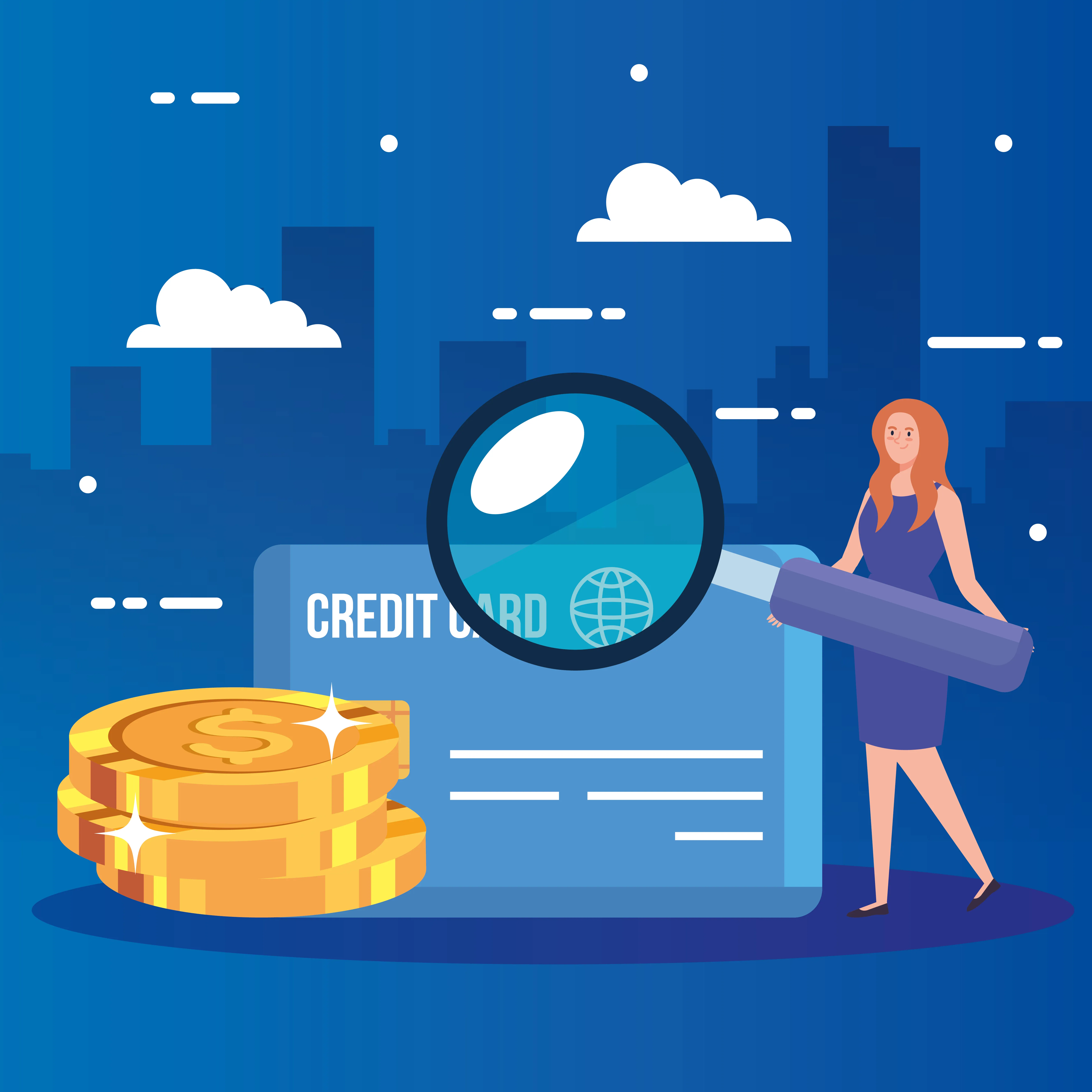Credit cards are a convenient and flexible way to manage your finances, but if not used responsibly, they can also lead to financial strain. One of the most crucial factors in understanding credit cards is how interest rates work. In this blog post, we will delve into credit card interest rates, explaining what they are, how they are calculated, and why they can have a significant impact on your financial health. Whether you’re a new cardholder or a seasoned user, this guide will give you the tools to make more informed decisions when using your credit card.
Credit card interest rates, often referred to as the Annual Percentage Rate (APR), represent the cost of borrowing money on your credit card if you don't pay off your balance in full each month. The APR is expressed as a percentage of the outstanding balance and is charged annually, although in practice, it's typically calculated on a daily or monthly basis. Interest accrues on any balance carried over from month to month and is added to the total amount owed.
There are several types of APRs associated with credit cards, including:
- Standard APR: This is the regular interest rate applied to your outstanding balance if you don’t pay it off by the due date.
- Introductory or Promotional APR: Many credit cards offer a low or 0% APR for a set period, usually 6-18 months. After this period ends, the APR reverts to the standard rate.
- Cash Advance APR: This applies to any cash you withdraw using your credit card. Cash advances tend to have higher interest rates than regular purchases.
- Balance Transfer APR: When you transfer debt from one card to another, the transferred balance may be subject to a different APR, often higher than the regular purchase APR.
- Penalty APR: If you miss payments or violate the terms of your credit card agreement, your lender may impose a higher penalty APR, which can significantly increase your debt.
Credit card interest rates are usually calculated using either a daily periodic rate (DPR) or monthly periodic rate (MPR).
Here’s how it works:
- Daily Periodic Rate (DPR): The APR is divided by 365 (the number of days in a year) to find the daily rate. For example, if your APR is 18%, your DPR would be approximately 0.0493% per day.
- Monthly Periodic Rate (MPR): The APR is divided by 12 (the number of months in a year) to find the monthly rate. If your APR is 18%, your MPR would be 1.5% per month.
Once you have the daily or monthly rate, it is applied to the balance carried over on your credit card. This amount is added to your next bill, and the cycle continues if the balance is not paid in full. The longer you carry a balance, the more interest you will pay, which can quickly compound, leading to higher debt.
Credit card interest rates are important because they directly affect how much you will pay for carrying a balance on your card. If you don’t pay off your balance each month, you’ll end up paying interest on your purchases, which can add up quickly. For example, let’s say you have a credit card with an APR of 18% and an outstanding balance of $1,000.
- Without interest: If you pay off the full $1,000, you owe exactly that amount.
- With interest: If you don’t pay off the full balance, interest will be applied, and you’ll owe more than $1,000. If the APR is 18%, and the balance remains unpaid, you could owe $1,180 by the end of the year (assuming no additional charges).
This demonstrates how high-interest rates can cause your debt to grow over time. Credit card interest compounds daily, so even small balances can balloon into much larger amounts if they aren’t paid off promptly.
There are several strategies you can use to avoid paying high interest on your credit cards:
- Pay Your Balance in Full: The most effective way to avoid credit card interest is by paying off your entire balance every month. If you pay in full, you can avoid interest charges altogether.
- Make More Than the Minimum Payment: If you can’t pay off the full balance, try to make at least the minimum payment and, if possible, more. This will reduce the principal balance faster and lower the amount of interest you will be charged.
- Take Advantage of Introductory Offers: Many credit cards offer 0% APR for the first few months. If you’re planning a large purchase, use these offers to avoid paying interest during the promotional period. Just remember to pay off the balance before the offer ends.
- Transfer Balances to a Lower-APR Card: If you’re carrying high-interest debt, consider transferring the balance to a card with a lower APR. Some cards even offer 0% APR on balance transfers for a set period, which can give you time to pay down your debt without incurring interest.
- Negotiate for a Lower Rate: If you’ve been a responsible cardholder, consider calling your credit card issuer to request a lower APR. Many lenders are willing to accommodate loyal customers, especially if you’ve maintained a good payment history.
Your credit card interest rate is influenced by several factors:
- Credit Score: One of the most important factors is your credit score. The higher your score, the more likely you are to qualify for a lower interest rate. Those with excellent credit are typically offered better rates, while those with poor credit may face higher APRs.
- Credit History: Your past borrowing habits also affect your rate. A history of late payments or defaults can result in higher APRs.
- Economic Conditions: Interest rates can fluctuate based on broader economic conditions. For example, if the Federal Reserve raises interest rates, credit card issuers may also raise their APRs to reflect the higher borrowing costs.
- Card Type: Different types of credit cards have varying APRs. For instance, premium or rewards cards may have higher APRs because they offer more perks, while standard cards may have lower rates.
Understanding credit card interest rates is essential for managing your finances and avoiding unnecessary debt. By knowing how interest is calculated, why it matters, and how to avoid high rates, you can make smarter decisions when using your credit card. Always aim to pay off your balance in full each month to avoid interest charges, and be proactive in finding ways to reduce your rates. By taking control of your credit card usage, you can maximize the benefits of using credit while minimizing the costs.







